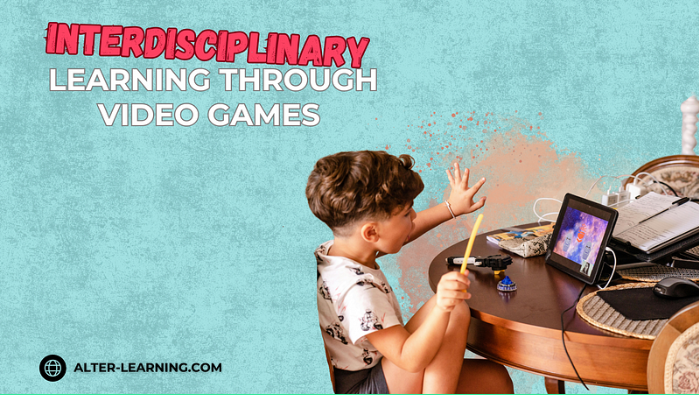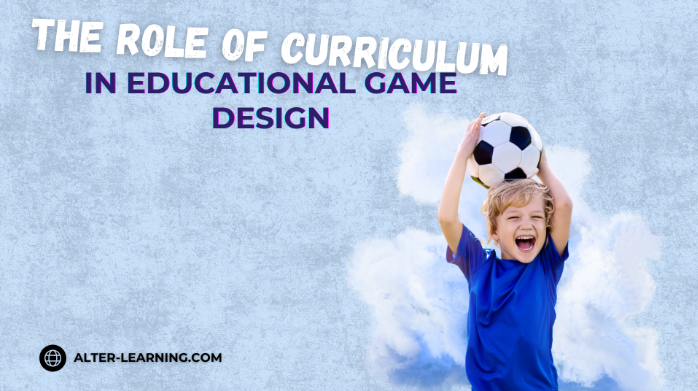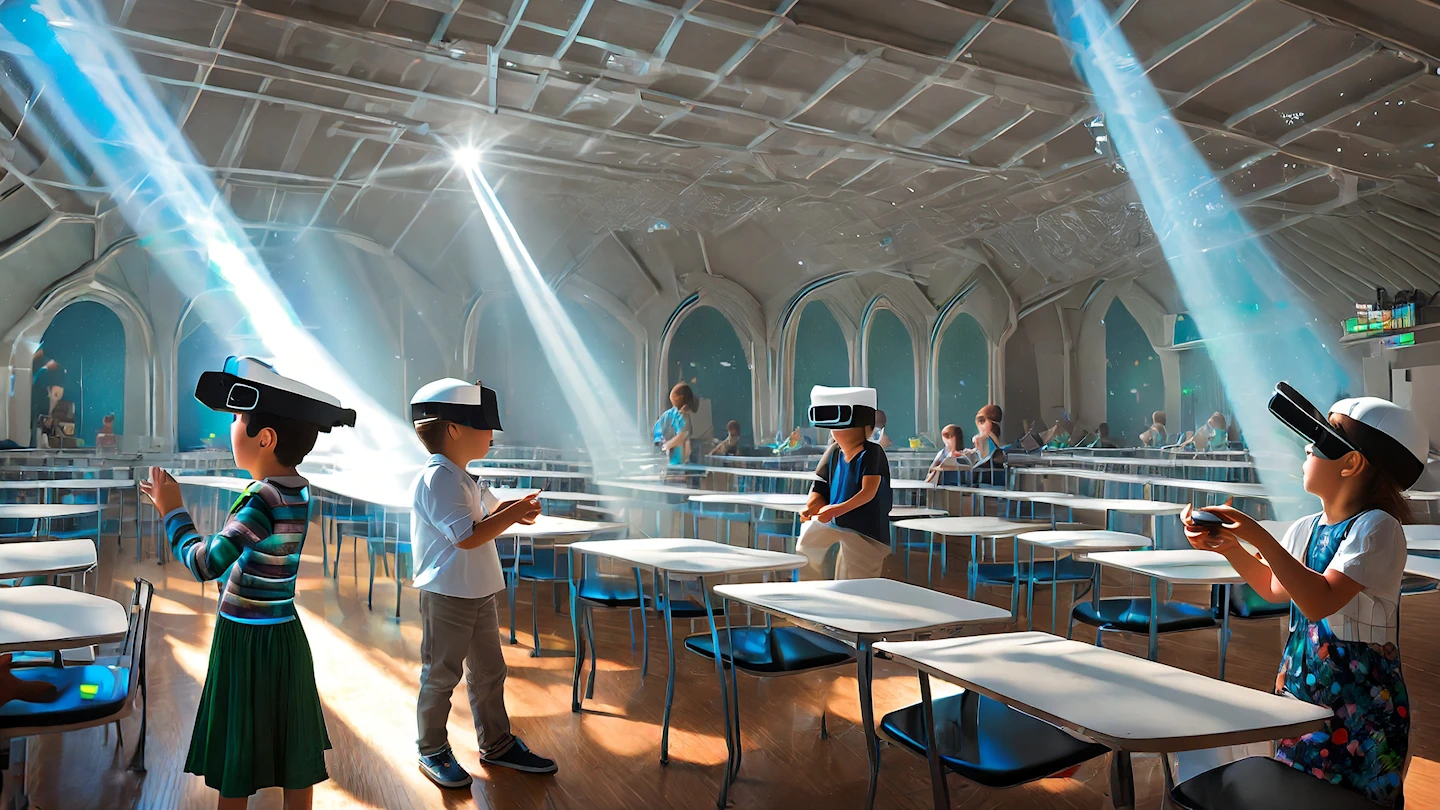In today’s classrooms, subjects like science, technology, engineering, arts, and math rarely exist in isolation. The real world is interconnected—and effective education reflects that. Interdisciplinary learning helps students make connections across subjects, building critical thinking, problem-solving, and adaptability.
But how do you create lessons that bring these connections to life? Interactive educational games can be a powerful tool, offering immersive environments where learners experience how knowledge from different fields blends together in practical, engaging ways.
At Alter-Learning, this approach is at the heart of how educational games are designed.
Why Interdisciplinary Learning Matters
When students learn science, math, and the arts separately, they may struggle to see how these subjects intersect. Interdisciplinary learning allows them to explore how skills and knowledge from different areas work together to solve real problems. This approach supports:
- Systems thinking, showing how concepts like energy transfer, geometry, or design connect,
- Creative problem-solving, encouraging students to apply knowledge flexibly,
- Real-world relevance, as learners understand how complex challenges require multiple skill sets,
- Stronger engagement, as lessons feel more purposeful and connected.
Educational games that blend disciplines can help make these connections intuitive, practical, and fun.
Where Learning Comes Together: Features That Support Integration
Immersive learning environments often naturally support interdisciplinary learning. Through thoughtful design, games can incorporate STEAM-related keywords like interactive science experiments, creative arts education software, or engineering challenges for students—all within a single experience.
Interdisciplinary features might include:
- Exploration-based games where students apply history, geography, and spatial reasoning together,
- Music-focused environments that blend rhythm, pattern recognition, and math puzzle games,
- Energy and mechanics simulations that require applying physics, engineering, and critical thinking,
- Digital art creation tools that connect technology, design, and creative expression.
These tools may not only deepen content knowledge but also help learners understand how different ways of thinking combine to solve complex tasks.
Real-World Application Through Game-Based Learning
Educational games designed with interdisciplinary learning in mind can help students develop transferable skills. For example, a learner navigating an interactive STEAM environment might:
- Explore an ancient city, using history knowledge, spatial awareness, and scientific observation to uncover clues,
- Solve mechanical puzzles that require understanding both physics and creative engineering principles,
- Participate in virtual performances where music, collaboration, and pattern recognition intersect,
- Design sustainable solutions in digital simulations, combining environmental science, math, and technology.
By engaging with these types of experiences, students may see how academic subjects aren’t just separate skills—but interconnected tools for understanding the world.
Supporting Educators with Integrated Tools
For teachers, interdisciplinary learning can sometimes feel complex to manage. But educational platforms that offer structured, standards-aligned content across subjects can make integration more approachable.
Features that may support interdisciplinary teaching include:
- Curriculum mapping tools that show how games address multiple subject areas,
- Teacher dashboards that track student progress across different learning goals,
- Flexible lesson structures, allowing educators to use games as part of broader projects or cross-subject units,
- Embedded reflection tasks, encouraging students to connect gameplay to classroom discussions.
With these supports in place, games can become an easy-to-implement resource for building interdisciplinary learning into everyday instruction.
The Alter-Learning Way: Connecting Content with Confidence
Interdisciplinary learning isn’t about abandoning subject-specific instruction—it’s about showing students how knowledge works together. Alter-Learning’s immersive tools are designed with that goal in mind, offering environments where STEAM subjects, arts, history, and social-emotional skills converge.
When students engage in these interactive experiences, they’re not only learning content—they’re building the ability to synthesize, adapt, and approach challenges with confidence. Whether they’re exploring the ancient world, designing a mechanical solution, or composing original music, learners are practicing the skills they’ll need for the complex, connected world beyond the classroom.
Interdisciplinary learning through video games can help make education more relevant, engaging, and effective—offering students not just knowledge, but the tools to think across boundaries and create with purpose.
Follow Alter-Learning for more insights into immersive education, edtech success stories, and the future of learning. Want to explore how VR/AR could transform your school or learning platform? Let’s connect.




